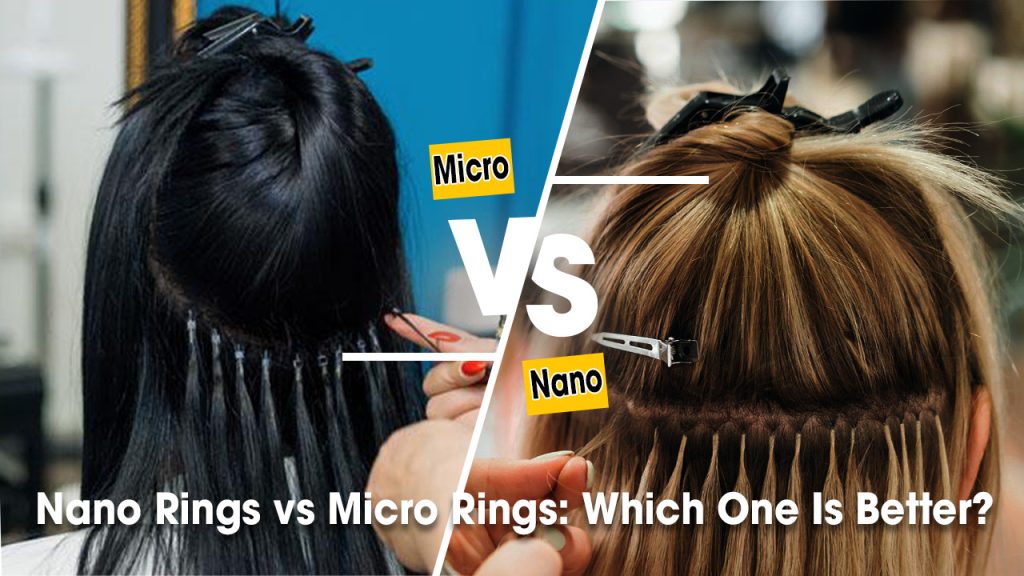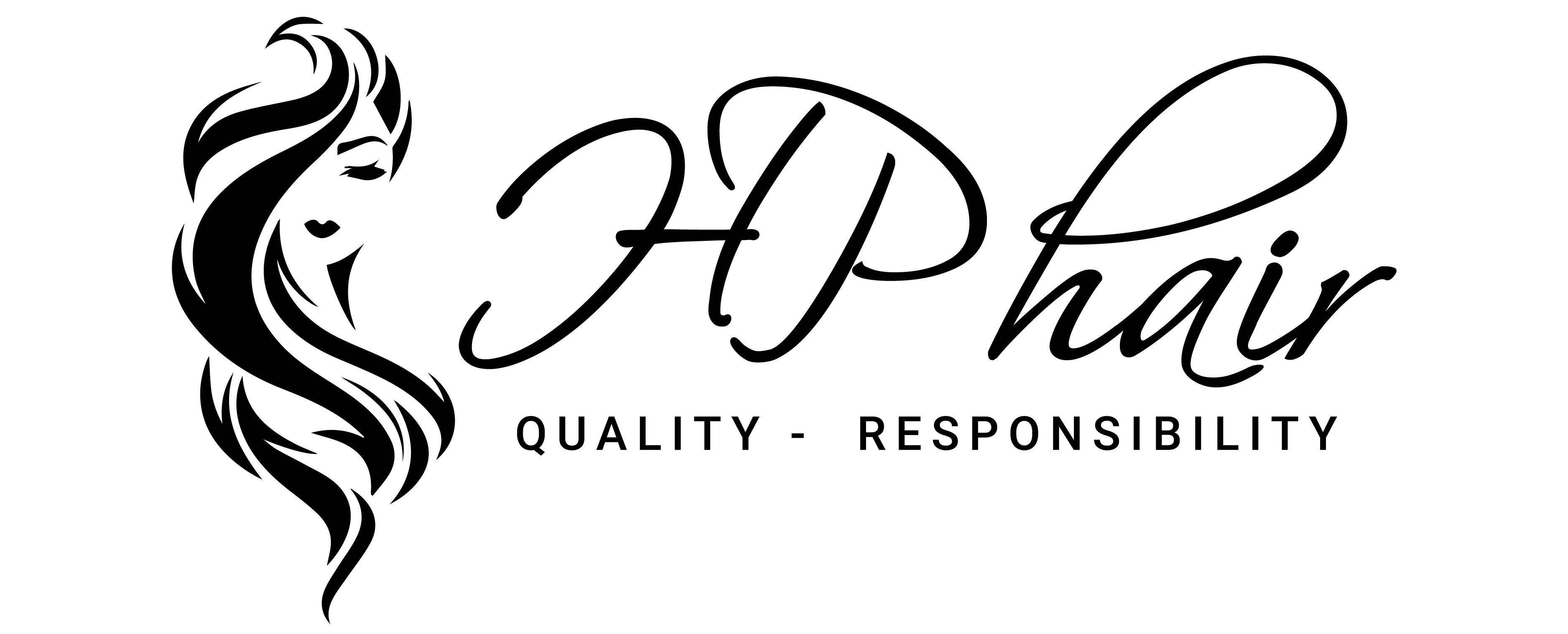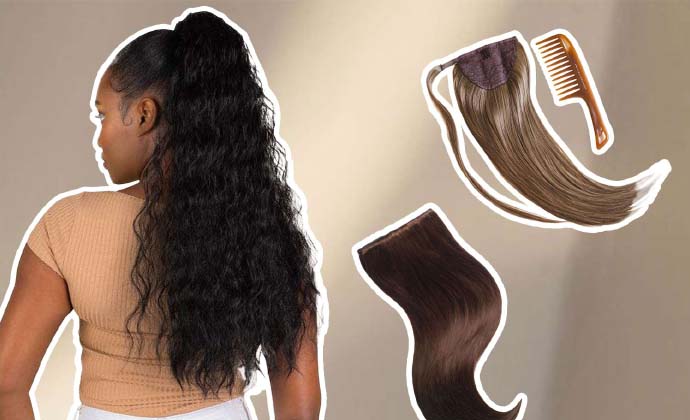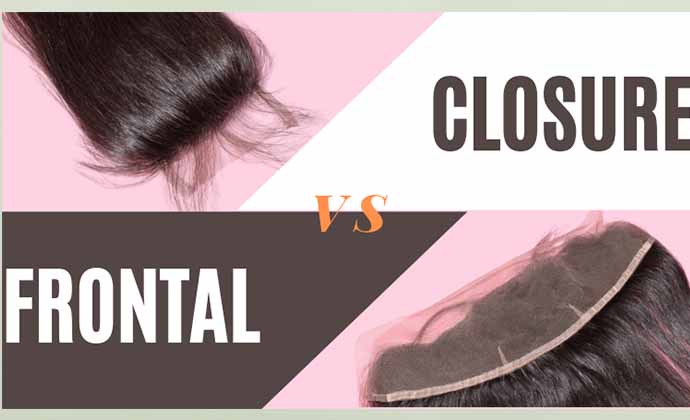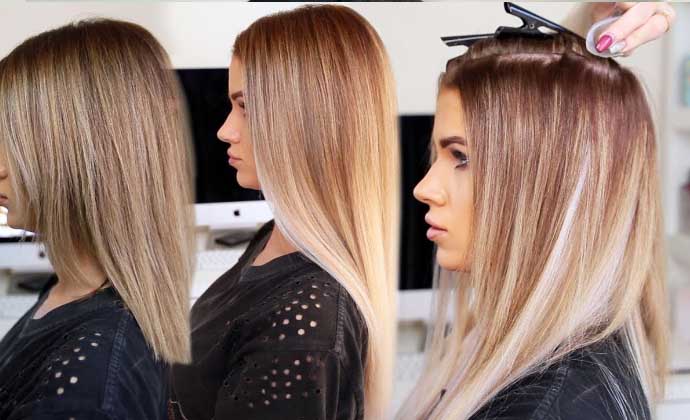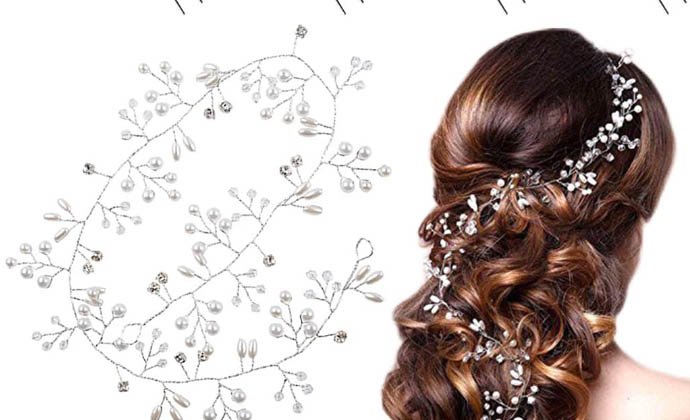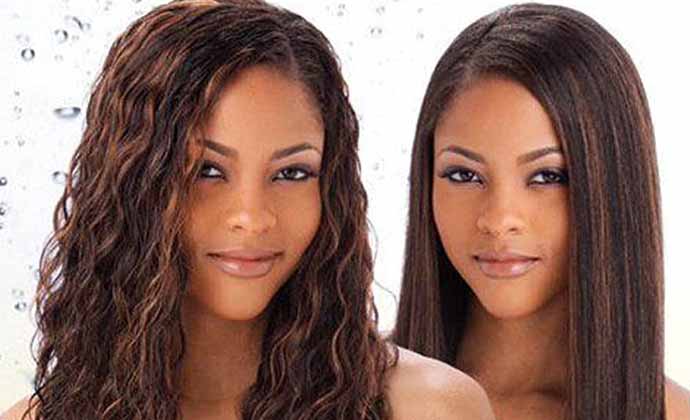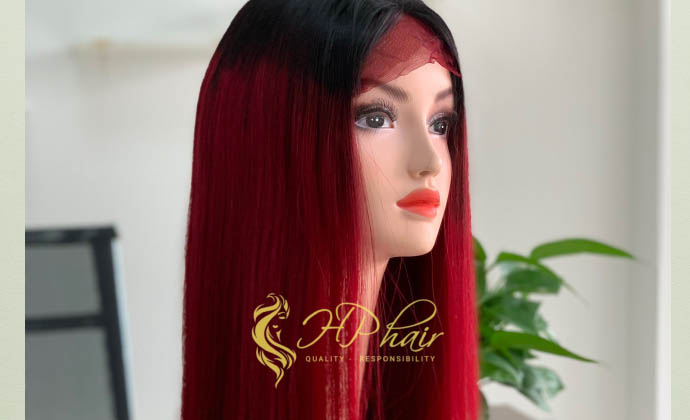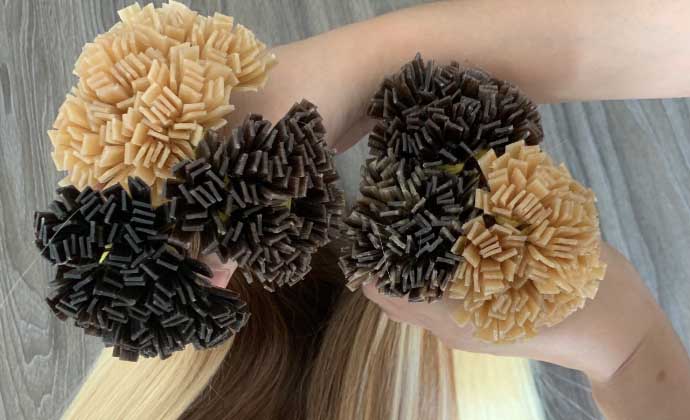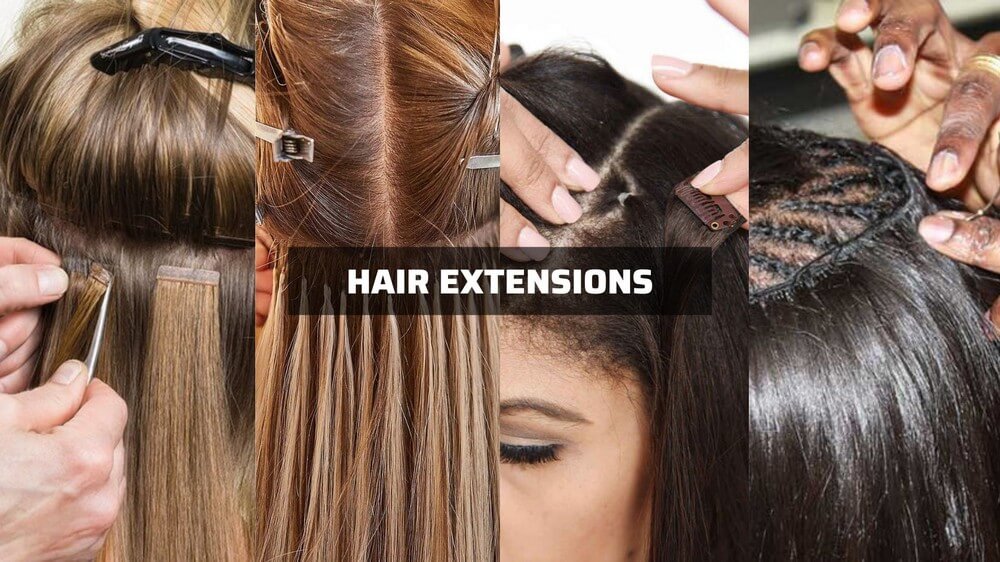 When it comes to achieving the hair of your dreams, hair extensions are a game-changer. Whether you desire length, volume, or a new look altogether, hair extensions offer endless possibilities. However, with a wide range of options available, choosing the perfect hair extension can be overwhelming. In this comprehensive guide, we will explore the different types of hair extensions, their pros and cons, and factors to consider to help you make an informed decision.
When it comes to achieving the hair of your dreams, hair extensions are a game-changer. Whether you desire length, volume, or a new look altogether, hair extensions offer endless possibilities. However, with a wide range of options available, choosing the perfect hair extension can be overwhelming. In this comprehensive guide, we will explore the different types of hair extensions, their pros and cons, and factors to consider to help you make an informed decision.
1. Clip-In Hair Extensions:
Clip-in hair extensions are a popular choice for those seeking temporary length and volume. These extensions come with clips attached to wefts of hair, making them easy to apply and remove. Pros: - Convenience: Clip-in extensions can be easily applied and removed at home, allowing you to change your hairstyle as desired. - Versatility: With clip-in extensions, you can experiment with different lengths, colors, and styles without committing to permanent changes. - Minimal Damage: Clip-in extensions do not require any adhesive or chemicals, minimizing the risk of damage to your natural hair. Cons: - Limited Longevity: Clip-in extensions need to be removed before sleeping or showering, limiting their longevity compared to other types of extensions. - Styling Limitations: While clip-in extensions can be styled, excessive heat or heavy styling products can cause damage over time. - Blending: Achieving a seamless blend with clip-in extensions may require some practice and skill.
2. Tape-In Hair Extensions:
Tape-in hair extensions are semi-permanent extensions that are attached to your natural hair using adhesive tape. They provide a natural look and are known for their easy application and removal. Pros: - Natural Look: Tape-in extensions lay flat against the scalp, creating a natural and seamless blend with your natural hair. - Longevity: With proper care and maintenance, tape-in extensions can last up to 6-8 weeks before needing to be reinstalled. - Comfort: Tape-in extensions are lightweight and comfortable to wear, allowing you to go about your daily activities without any discomfort. Cons: - Professional Application: Tape-in extensions require professional application to ensure proper placement and prevent damage to your natural hair. - Limited Styling Options: While tape-in extensions can be styled, excessive heat or heavy styling products can weaken the adhesive, causing the extensions to slip or become damaged. - Maintenance: Regular maintenance appointments are necessary to reposition and maintain the tape-in extensions.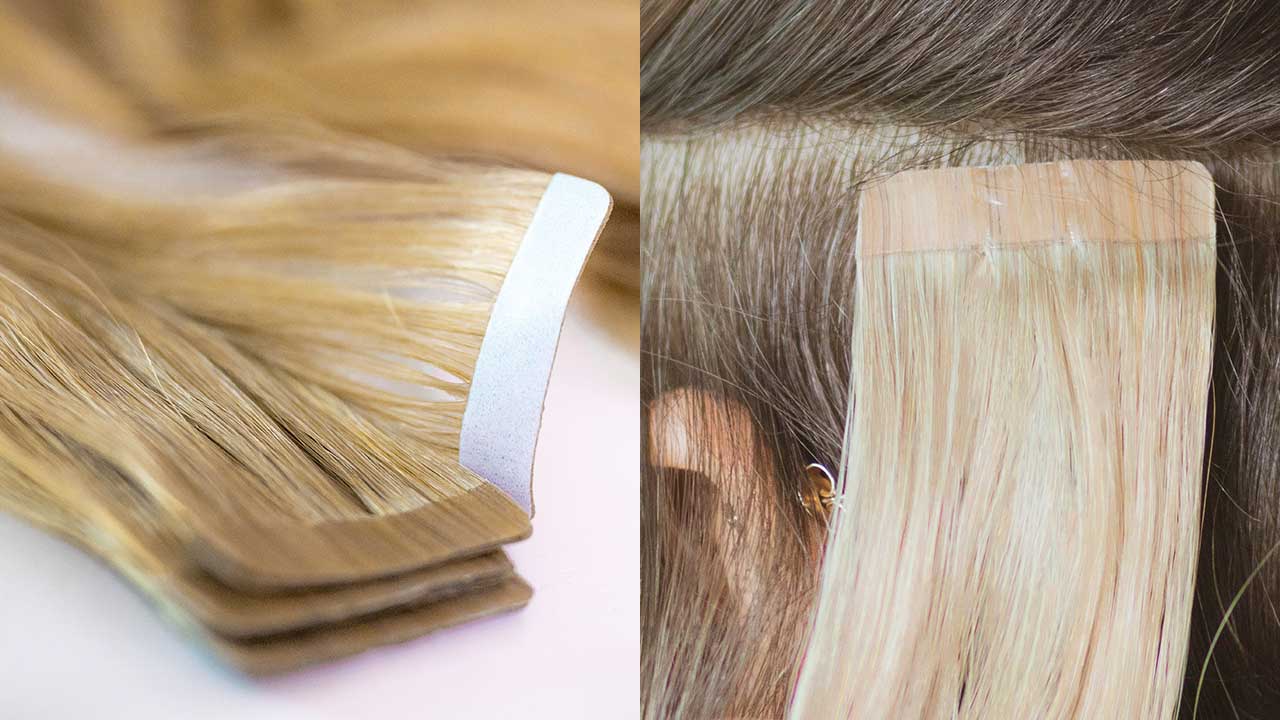
3. Fusion Hair Extensions:
Fusion hair extensions, also known as keratin bond or U-tip extensions, are a long-lasting option for those seeking permanent length and volume. These extensions are attached to your natural hair using a keratin bond that is fused with heat. Pros: - Longevity: Fusion extensions can last up to 3-6 months with proper care, making them a great option for those seeking long-term hair enhancement. - Natural Look: The keratin bond used in fusion extensions mimics the structure of natural hair, resulting in a seamless blend. - Versatility: Fusion extensions can be styled, curled, and straightened just like your natural hair, offering endless possibilities for different hairstyles. Cons: - Professional Application: Fusion extensions require professional application to ensure proper placement and prevent damage to your natural hair. - Removal Process: When it's time to remove fusion extensions, professional help is necessary to safely break down the keratin bond without causing damage. - Cost: Fusion extensions tend to be more expensive compared to other types of extensions due to the labor-intensive application process.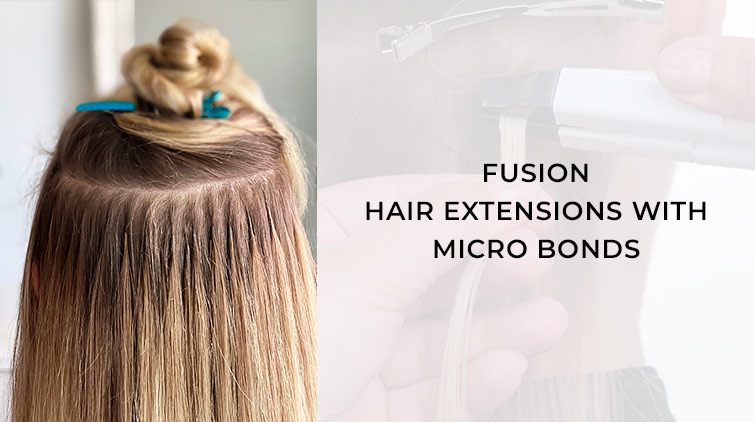
4. Weave Hair Extensions:
Weave hair extensions, also known as sew-in extensions, involve attaching wefts of hair to your natural hair using a braiding and sewing technique. This method provides a secure and long-lasting solution. Pros: - Longevity: Weave extensions can last up to 2-3 months with proper care and maintenance. - Versatility: Weave extensions allow for various styling options, including updos and ponytails, without the worry of the extensions becoming visible. - Minimal Damage: Weave extensions do not require any adhesive or chemicals, reducing the risk of damage to your natural hair. Cons: - Professional Application: Weave extensions require professional application to ensure proper braiding and sewing techniques, which can be time-consuming. - Maintenance: Regular maintenance appointments are necessary to tighten the weave and prevent any discomfort. - Limited Access to Scalp: Weave extensions cover the scalp, making it challenging to properly cleanse and care for your natural hair and scalp.

